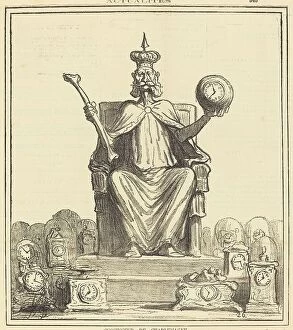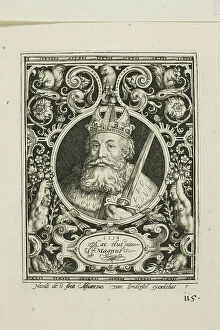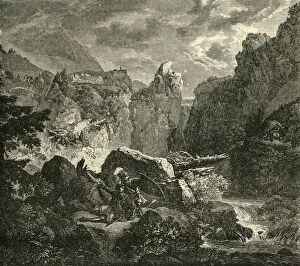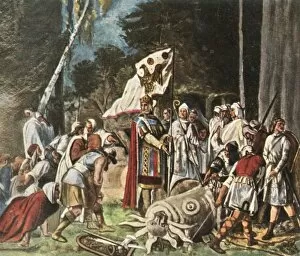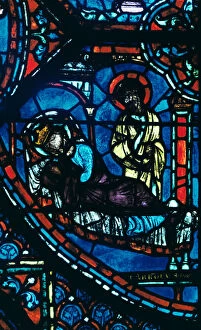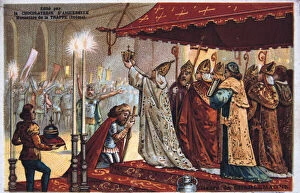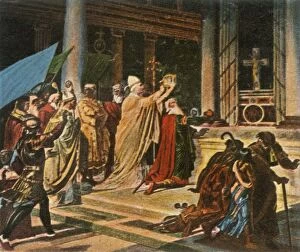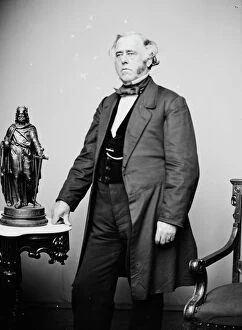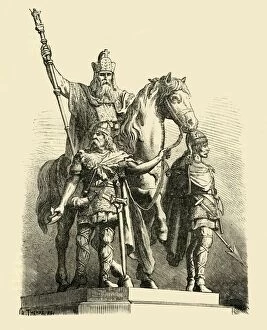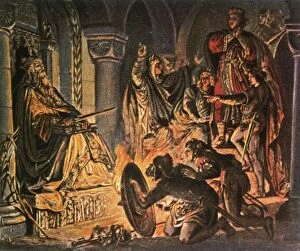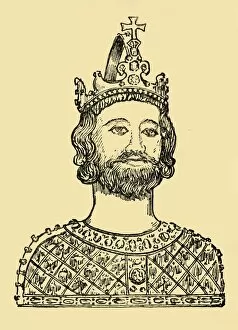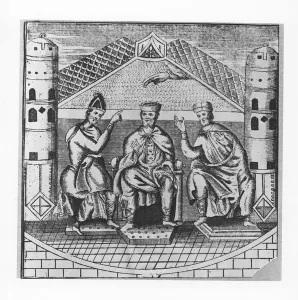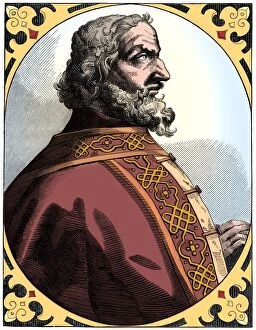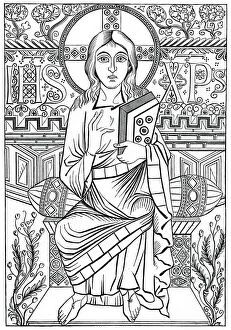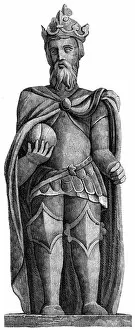Charles Le Grand Collection
"Charles Le Grand: The Mighty Emperor of the Franks" Step into the fascinating world of Charles Le Grand, also known as Charlemagne
All Professionally Made to Order for Quick Shipping
"Charles Le Grand: The Mighty Emperor of the Franks" Step into the fascinating world of Charles Le Grand, also known as Charlemagne, a legendary figure who left an indelible mark on European history. This captivating map from 1890 showcases his vast Kingdom of the Franks, highlighting his territorial conquests and political prowess. One pivotal event that defined Charlemagne's reign was "The Death of Roland at Roncesvalles" in 778 AD. This tragic battle against the Basques immortalized Roland as a heroic knight and symbolized Charlemagne's unwavering commitment to defending his realm. Religion played a significant role in Charlemagne's life, evident in "Charlemagne destroys a pagan idol. " This powerful image from 1936 portrays his zealous efforts to eradicate paganism and promote Christianity throughout his empire. Artistic masterpieces like "St. Mark from the Godescalc Gospel Lectionary" demonstrate Charlemagne's patronage of culture and learning during what is often referred to as the Carolingian Renaissance. Created between 781-783 by Godescalc, this illuminated manuscript reflects both religious devotion and artistic excellence. In recognition of his extraordinary achievements, Pope Leo III crowned Charlemagne as Holy Roman Emperor on Christmas Day in 800 AD. The grandeur of this momentous occasion is captured beautifully in an artwork dating back to the 19th century titled "The Crowning of Charlemagne. " However, not all aspects of Charles Le Grand's rule were glorious. A poignant depiction titled "Louis the Pious Doing Penance for Treatment of His Nephew Bernard" reveals moments when even great leaders faced remorse for their actions. Another remarkable event occurred when St James appeared to Charlemagne in a dream at Chartres Cathedral around c1225. This stained glass window transports us back to medieval times where faith intertwined with politics and dreams held significant meaning.




